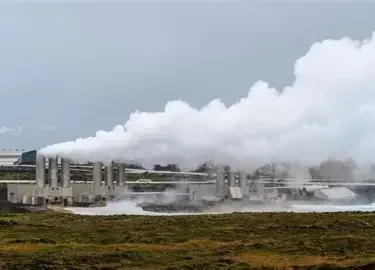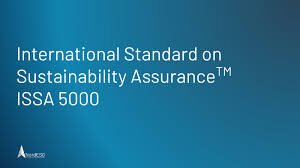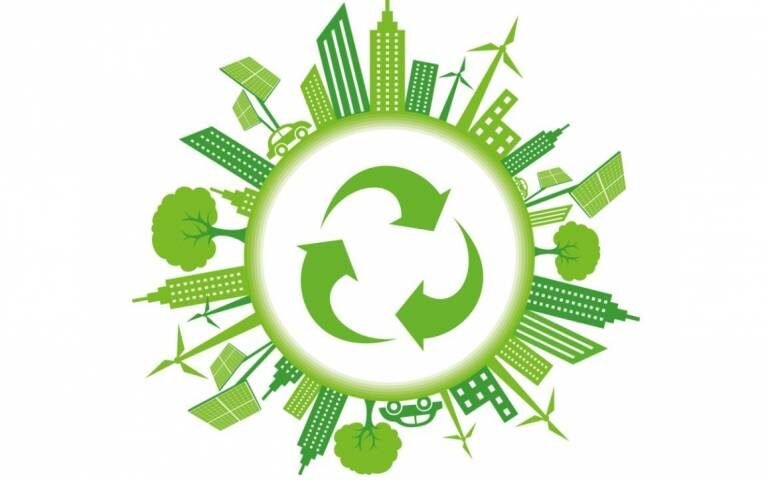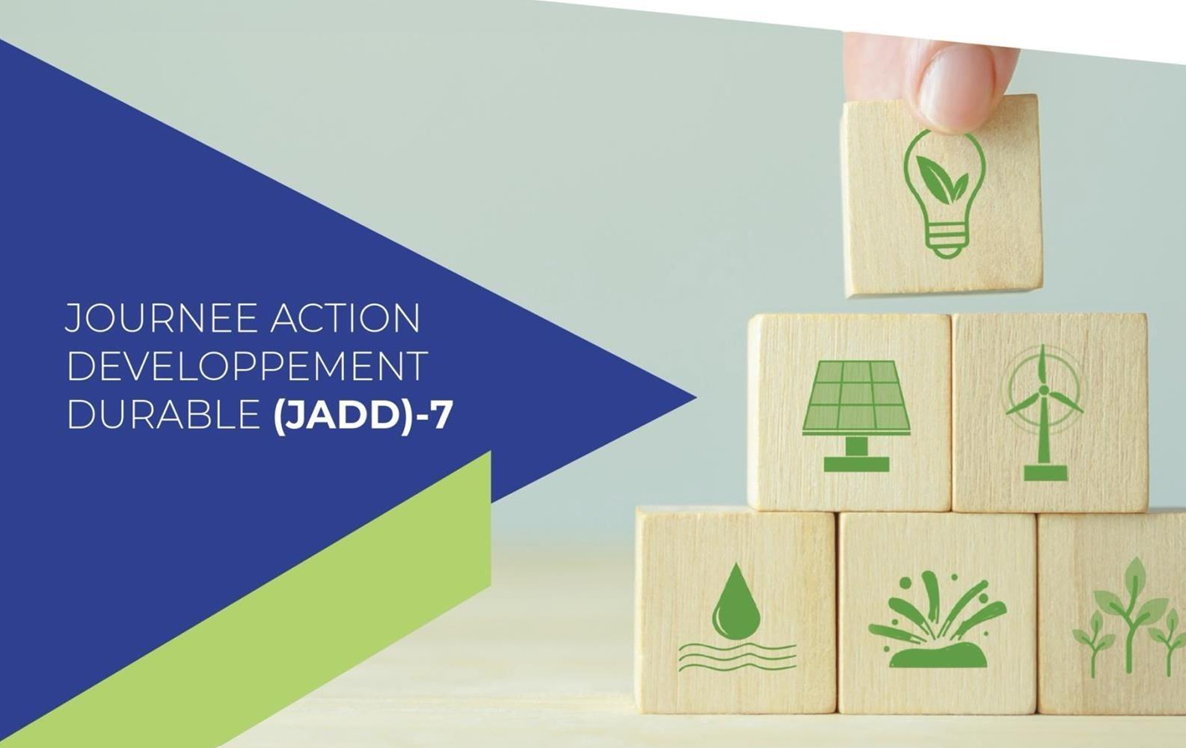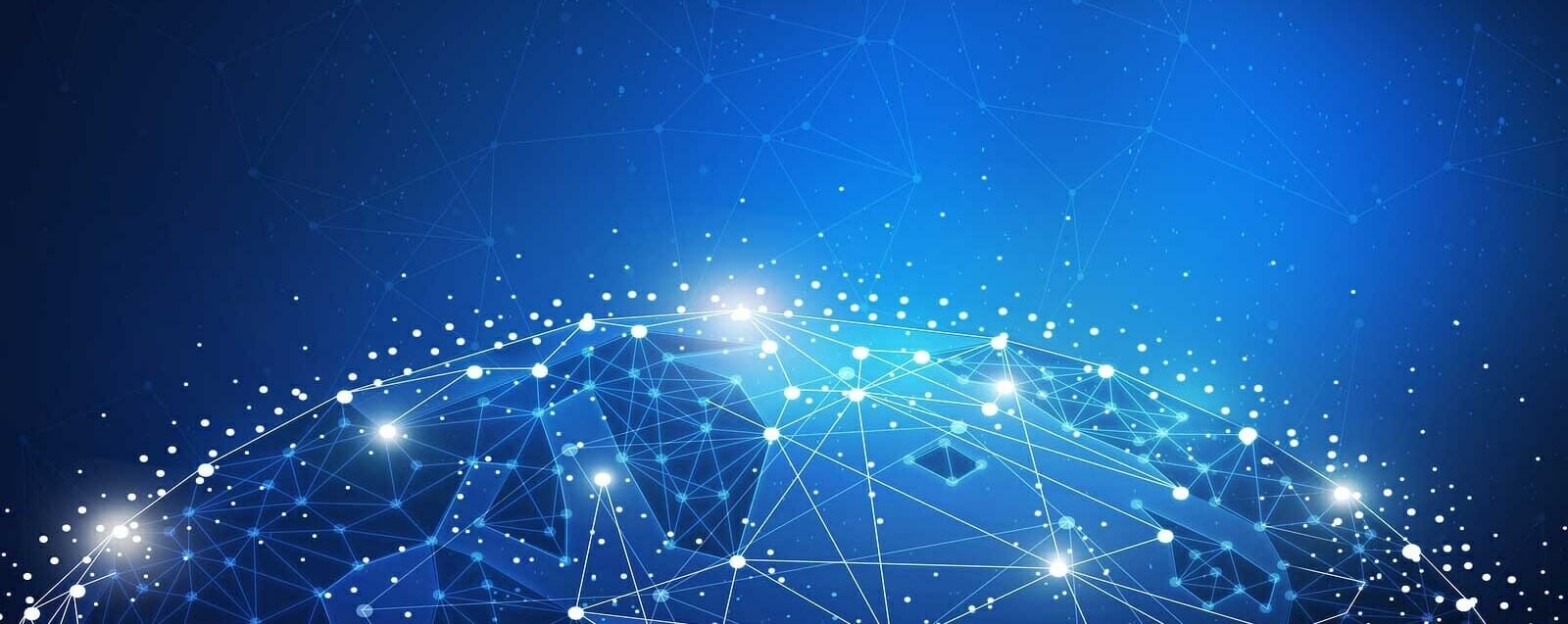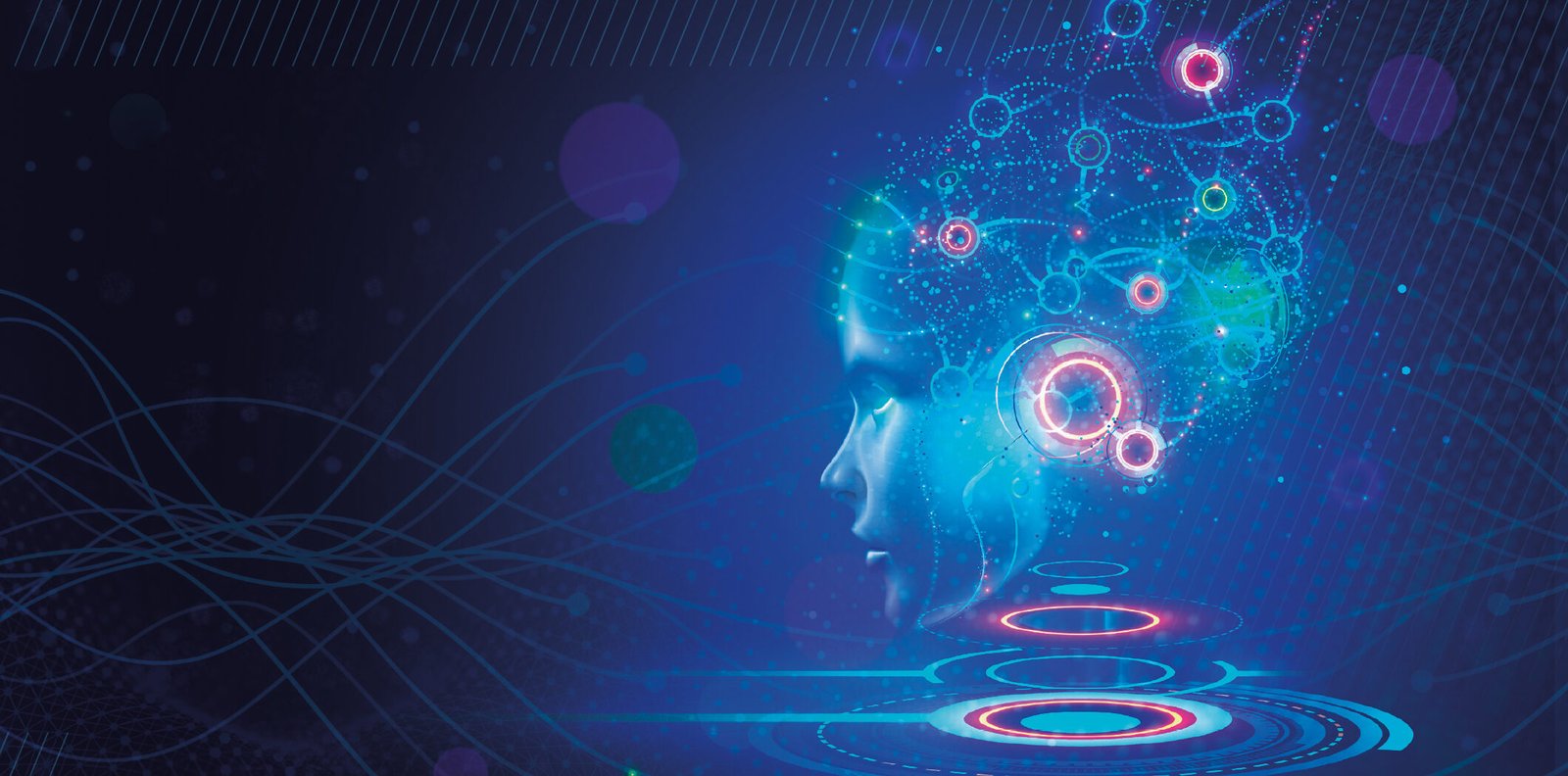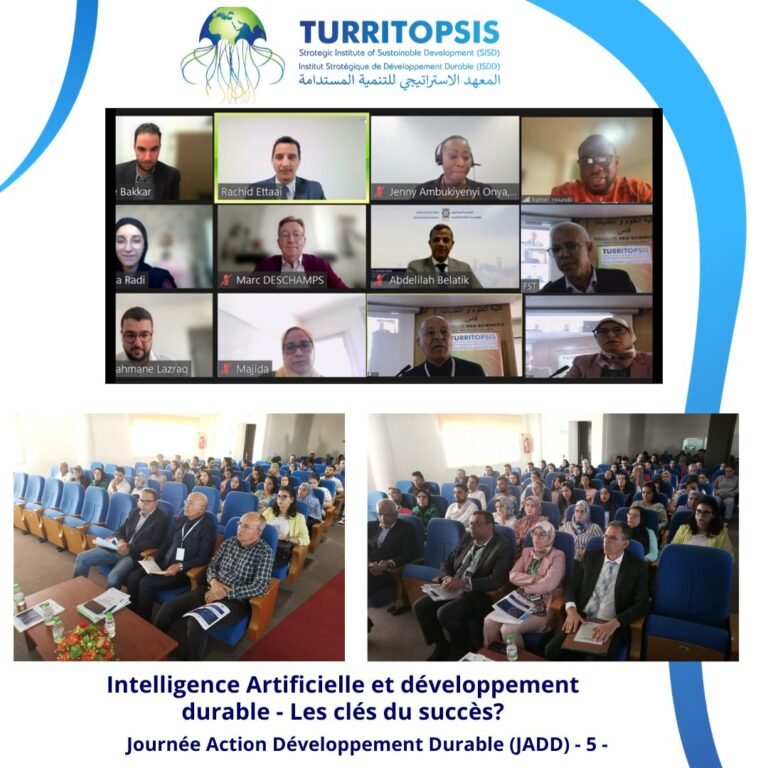Harnessing Geothermal Steam: Kenya’s Bold Leap in Direct Air Capture
July 2025
Introduction: Pioneering Sustainable Climate Action
In the heart of Africa’s Great Rift Valley, a groundbreaking initiative is unfolding, positioning Kenya at the forefront of global climate solutions. This innovation leverages abundant local resources and a visionary approach to Direct Air Capture (DAC) technology. Geothermal-powered DAC is increasingly recognized as a promising strategy for climate change mitigation, particularly in regions rich in renewable energy sources like Kenya [19]. The Strategic Institute for Sustainable Development (Turritopsis) champions such forward-thinking solutions that contribute to a sustainable future.
The Technology: How Geothermal Powers Carbon Removal
Direct Air Capture (DAC) is an advanced climate technology designed to extract carbon dioxide (CO₂) directly from the atmosphere. Historically, DAC has faced challenges due to its significant energy demands. Kenya addresses this by tapping into its vast geothermal steam reserves, providing a reliable, low-emission power source for the process [19, 20].
The process typically involves:
- Air Intake and Filtration: Large metallic tanks draw in ambient air, passing it through specialized chemical filters designed to capture CO₂ [5.1]. These filters often use solid sorbents or liquid solvents to bind with CO₂ molecules [23, 24].
- Regeneration and Release: Once the filter material is saturated with CO₂, geothermal steam or waste heat is utilized to warm and regenerate it, causing the captured CO₂ to be released in a pure, concentrated form [5.1, 5.2, 24].
- Permanent Storage: The purified CO₂ is then compressed and securely injected deep underground into basalt rock formations within the Rift Valley. Here, it reacts with the minerals in the basalt, undergoing a natural process of mineralization to permanently convert into stable carbonate minerals, effectively removing it from the atmosphere for millennia [5.1, 22, 24]. In some cases, captured carbon can also be compressed into cylinders for trade as carbon credits [1, 2].
Why Kenya? A Unique Convergence of Advantages
Kenya’s Rift Valley presents an unparalleled environment for DAC deployment due to several key factors:
- Abundant Geothermal Energy: Kenya is the seventh-largest geothermal producer globally, boasting an estimated potential of 10,000 MW [12]. On a good day, renewable sources, with geothermal as a significant contributor, can account for up to 95% of Kenya’s national grid power [12, 13, 14]. This provides an ideal, low-cost, and reliable energy supply crucial for energy-intensive DAC operations [19].
- Favorable Basalt Geology for Storage: The unique basalt formations of the East African Rift are highly suitable for geological carbon storage. These rocks contain divalent minerals like calcium, magnesium, and iron, which readily react with injected CO₂ to form stable carbonates, ensuring permanent sequestration [21, 22].
- Emerging Skilled Talent Pool: Kenya has actively invested in its education system, with recent initiatives integrating climate change education into the national curriculum [15, 16]. This fosters a growing pool of local scientists, engineers, and technicians poised to drive innovation and lead climate technology breakthroughs [15, 17].
- Conducive Environment for Innovation: While the technological and financial infrastructure may be less developed than in high-income regions, Kenya’s commitment to renewable energy and sustainable development creates a fertile ground for “learning-by-doing” and fostering local innovation [19, 20].
Impact and Scale: Octavia Carbon Leading the Charge
Octavia Carbon, a pioneering Kenyan start-up, is at the forefront of Africa’s DAC efforts. Their prototypes are designed to capture approximately 10 tons of CO₂ per year, an amount comparable to the annual carbon sequestration of about 1,000 mature trees [1, 3]. The company’s ambitious goal is to scale up to 1,000 tons of CO₂ removal annually by 2026 [1, 3].
The captured carbon is monetized through the sale of carbon credits to governments and businesses, generating revenue that fuels further research and expansion [1, 3]. With over $3 million in advance payment deals and $5 million in plant financing, there is significant commercial and climate optimism surrounding Octavia Carbon’s model [1, 3, 18].
Global Significance and Complementary Role
Kenya’s efforts mark it as only the second country globally, after Iceland, to successfully inject air-captured carbon dioxide into deep underground formations for permanent storage [5.2]. This innovative approach offers a crucial complement to traditional climate solutions like reforestation. DAC is highly land-efficient, operates year-round irrespective of weather conditions, and can effectively remove legacy emissions that are difficult to abate through other means [4, 23]. Large-scale DAC deployment is technically feasible and can play a significant role in achieving global climate targets, though it requires substantial investment and rapid scaling [20, 21].
Challenges and Future Opportunities
Scaling DAC in Kenya, while promising, faces inherent challenges. The primary hurdle remains cost reduction. Octavia Carbon aims to drastically cut the cost of CO₂ capture from an initial range of $680-$820 per ton to a target of approximately $100 per ton [3, 18, 24]. Achieving this will be critical for widespread adoption and economic viability.
Overcoming infrastructure and financing hurdles will be paramount for rapid deployment [19]. However, strategic international partnerships and continued local innovation are expected to drive down costs and accelerate progress [19, 20]. As the global demand for negative emissions technologies grows, Kenya’s model could serve as a blueprint for other geothermal-rich regions, aiding countries in meeting their net-zero commitments and fostering sustainable industrialization [5]. With the right support and continued technological advancements, Kenya has the potential to become a regional and even global leader in DAC deployment [19].
Conclusion
Kenya’s geothermal-powered Direct Air Capture initiatives represent a powerful real-world example of sustainable development in action. By leveraging its unique geological and energy resources, combined with a growing skilled workforce, Kenya is demonstrating how local strengths can contribute to a global impact in the race towards a carbon-neutral future. This innovation is not just a technological feat but a testament to what can be achieved with vision and strategic investment in climate solutions.
References
- C&en, G. (2024). Can Kenya become a direct-air-capture hub? C&EN Global Enterprise. https://doi.org/10.1021/cen-10201-feature2
- The Electricity Hub. (n.d.). Kenya Builds Africa’s Geothermal-Powered Carbon Removal Plant. Retrieved from https://theelectricityhub.com/kenya-builds-africas-geothermal-powered-carbon-removal-plant/
- Ecofin Agency. (n.d.). Kenyan Start-up Octavia Carbon Aims to Turn Air into Carbon Credits. Retrieved from https://www.ecofinagency.com/news-industry/1807-47754-kenyan-start-up-octavia-carbon-aims-to-turn-air-into-carbon-credits
- Illuminem. (n.d.). How Direct Air Capture can help solve Kenya’s energy access problem. Retrieved from https://illuminem.com/illuminemvoices/how-direct-air-capture-can-help-solve-kenyas-energy-access-problem
- NTV Kenya. (2025, July 19). Kenyan Start-up Captures Carbon from Thin Air in Rift Valley [Video]. YouTube. Retrieved from https://www.youtube.com/watch?v=oPd-Dsb4w3M (Note: Future publication date indicates content may be based on projections)
- Reuters. (2025, July 18). Kenyan start-up generates carbon credits from thin air [Video]. YouTube. Retrieved from https://www.youtube.com/watch?v=REtgpYZp0-g (Note: Future publication date indicates content may be based on projections)
- Firstpost. (2025, July 26). Kenyan Start Up’s Carbon Capture Project: Climate Initiative Or Eyewash? |Planet Pulse [Video]. YouTube. Retrieved from https://www.youtube.com/watch?v=8DfkE5xcBL8 (Note: Future publication date indicates content may be based on projections)
- Turritopsis.org. (n.d.). Accueil English. Retrieved from https://turritopsis.org/en/acceuil-english/
- Turritopsis.org. (n.d.). The Immortal Jellyfish: A Glimpse into Nature’s Sustainability Masterpiece. Retrieved from https://turritopsis.org/en/the-immortal-jellyfish-a-glimpse-into-natures-sustainability-masterpiece/
- Turritopsis.org. (n.d.). Turritopsis. Retrieved from https://turritopsis.org
- International Monetary Fund. (2022, December). Kenya Taps the Earth’s Heat. Finance & Development, 59(4). Retrieved from https://www.imf.org/en/Publications/fandd/issues/2022/12/country-case-kenya-taps-the-earth-heat
- ThinkGeoEnergy. (2015, January 5). Geothermal power nearing 50% of Kenyan electricity supply. Retrieved from https://www.thinkgeoenergy.com/geothermal-power-nearing-50-of-kenyan-electricity-supply/
- International Trade Administration. (n.d.). Kenya – Energy-Electrical Power Systems. Retrieved from https://www.trade.gov/country-commercial-guides/kenya-energy-electrical-power-systems
- UNFCCC. (n.d.). Cella Mineral Storage. Retrieved from https://unfccc.int/sites/default/files/resource/CellaMineralStorage.pdf
- DOAJ. (n.d.). Can East African rift basalts sequester CO2? Case study of the Kenya rift. Retrieved from https://doaj.org/article/0d6300aa2388427c9ff62ac4f61d5a11
- UNICEF Kenya. (2024, June 26). Kenya takes significant step forward in climate change education as Alef Education, KICD, and UNICEF sign landmark agreement. Retrieved from https://www.unicef.org/kenya/press-releases/kenya-takes-significant-step-forward-climate-change-education-alef-education-kicd
- Zoe Talent Solutions. (n.d.). The Ultimate Guide to Educational Statistics in Kenya. Retrieved from https://zoetalentsolutions.com/educational-statistics-in-kenya/
- Daba Finance. (n.d.). Kenya’s Octavia Carbon Gets $5M to Build Direct Air Capture. Retrieved from https://dabafinance.com/en/news/kenyas-octavia-carbon-gets-5m-to-build-direct-air-capture-plant#:~:text=Octavia%20aims%20to%20drive%20down,per%20ton%20to%20around%20%24100.
- C&en, G. (2024). Can Kenya become a direct-air-capture hub? C&EN Global Enterprise. https://doi.org/10.1021/cen-10201-feature2
- Ozkan, M., Besarati, S., Gordon, C., Gobaille-Shaw, G., & McQueen, N. (2024). Advancements in cost-effective direct air capture technology. Chem. https://doi.org/10.1016/j.chempr.2024.09.025
- Hanna, R., Abdulla, A., Xu, Y., & Victor, D. (2021). Emergency deployment of direct air capture as a response to the climate crisis. Nature Communications, 12. https://doi.org/10.1038/s41467-020-20437-0
- McQueen, N., Gomes, K., McCormick, C., Blumanthal, K., Pisciotta, M., & Wilcox, J. (2021). A review of direct air capture (DAC): scaling up commercial technologies and innovating for the future. Progress in Energy, 3. https://doi.org/10.1088/2516-1083/abf1ce
- Qiu, Y., Lamers, P., Daioglou, V., McQueen, N., De Boer, H., Harmsen, M., Wilcox, J., Bardow, A., & Suh, S. (2022). Environmental trade-offs of direct air capture technologies in climate change mitigation toward 2100. Nature Communications, 13. https://doi.org/10.1038/s41467-022-31146-1
- Isometric. (2025, March 6). Direct Air Capture explained. Retrieved from https://isometric.com/writing-articles/direct-air-capture-explained









